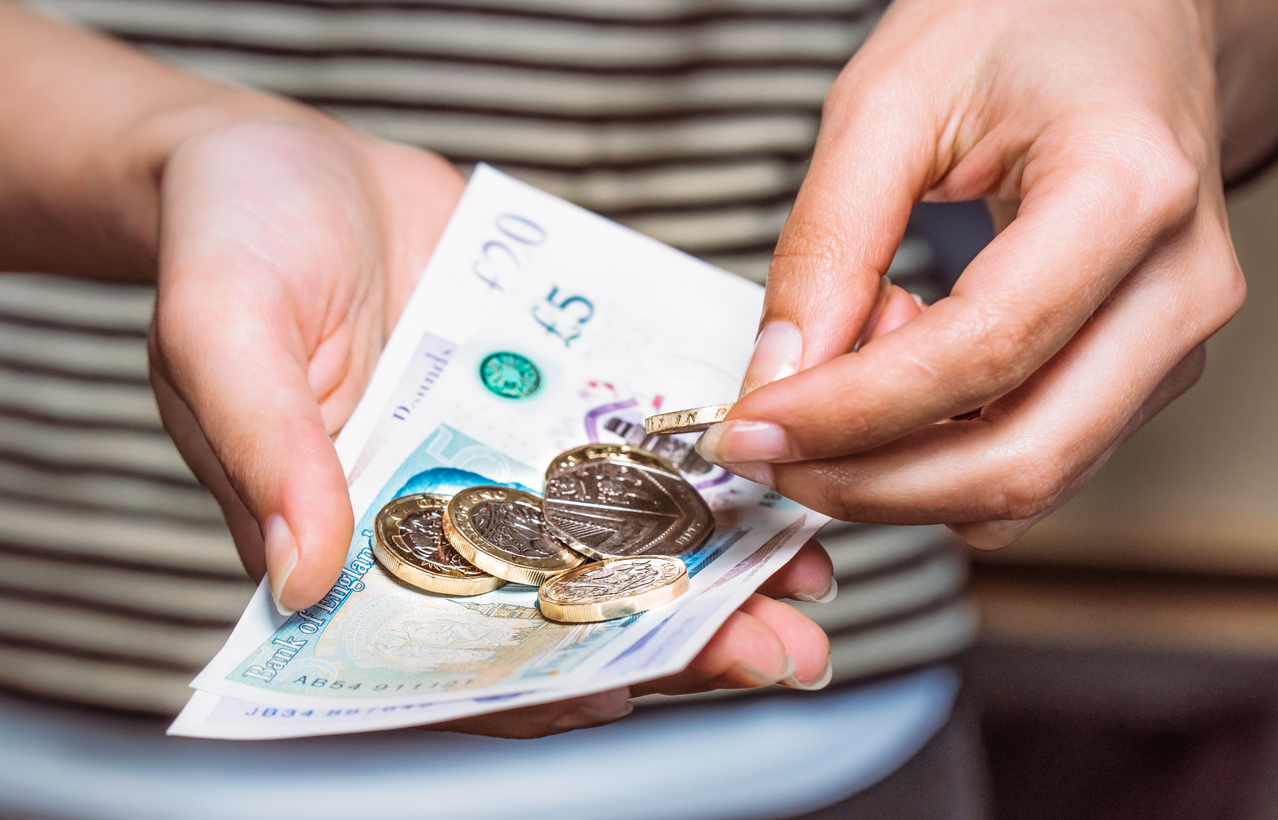
Although some retailers are sticking with card payments only for now, increasing numbers of people are returning to cash.
More people are now making cash withdrawals and using this money to pay for goods and services.
Paying with physical money can help with keeping track of spending and sticking to budgets amid a background of rising prices.
Controlling spending
The Post Office handled £801m personal cash withdrawals in July – a record figure and an 8% increase on the month before. The Post Office said this change in behaviour suggested that the cost of living was impacting the way people manage their money.
It coincides with the rapid rise in food prices and energy costs and seems to suggest that we are still some years away from switching to a cashless society.
Impact of the pandemic
This recent uptick comes after years of declining cash payments. Figures show that since 2017 the use of cash for payments has fallen by around 15% a year, with a marked drop in 2020 as the Covid-19 pandemic hit.
Many businesses switched to card-only payments to avoid handling notes or coins with the potential of spreading the virus.
Of course, most shops and businesses do accept both, but some have continued not to accept cash, for either convenience or security reasons.
More people may be relying on cash, but it is worth bearing in mind that businesses do not have to accept cash payments and are not in fact breaking any rules or regulations by only requesting payments by card.
If you are interested in discussing the above further, please speak to one of our experienced advisers here.
The value of investments and the income they produce can fall as well as rise. You may get back less than you invested. Past performance is not a reliable indicator of future performance. Investing in stocks and shares should be regarded as a long term investment and should fit in with your overall attitude to risk and your financial circumstance.





